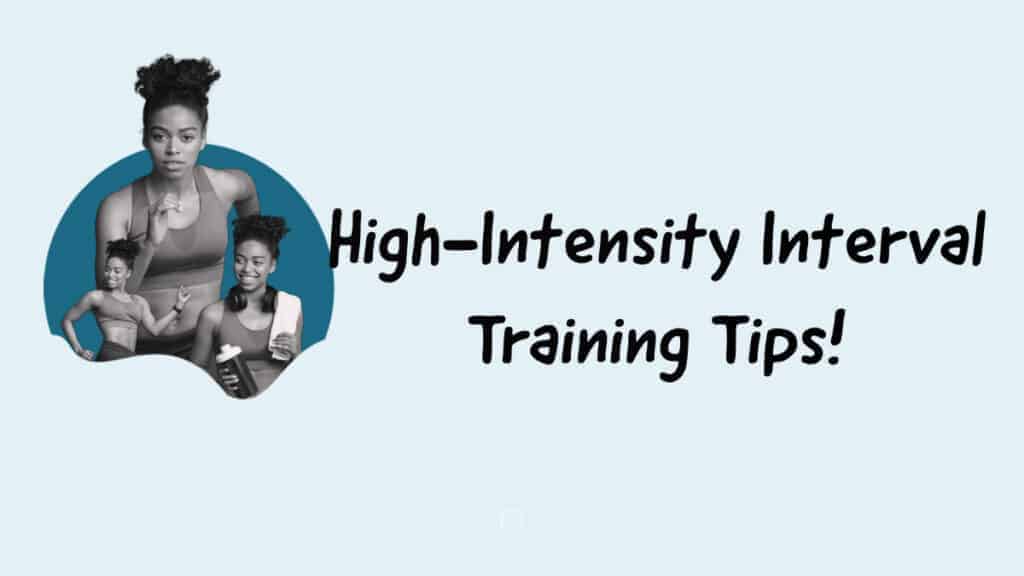Why is high-intensity interval training (HIIT) so effective? In the past I subscribed to the philosophy (and strong misconception) regarding my exercise habits; “no pain, no gain”. I would spend endless hours both in and out of the gym doing the same types of activities – focusing mainly on cardio. I am embarrassed to admit that I thought stretching before and after working out was a waste of time and forget about weight training!?!? After gaining weight while training for marathons and triathlons I was forced to reevaluate. Believe it or not, you can be “over-exercising” and be defeating your efforts.
For beginners: Per the CDC recommendations 20 minutes per day of moderate exercise is a healthy start. If you park your car at the back of the parking lot, take stairs instead of elevators, wash your car; garden or any combination of these other easy efforts will easily get you to 20 minutes a day.
A super-efficient approach to exercise – without over-stressing your body- is a system of interval training with multiple rounds of high-intensity burst training interspersed with less intense exercise. This is referred to as high-intensity interval training (HIIT).
- Warm up for 5 minutes with your favorite type of exercise.
- Run or walk as fast as you can for 1 minute. If you are a beginner, start at 30 second intervals and increase to 1 minute as your endurance improves.
- Briskly walk at a less intense pace for 2 minutes.
- Repeat this sequence for 25 to 30 minutes.
- Finish your workout with at least 5 minutes of active stretching.
HIIT can be used with resistance training/weightlifting, biking, hiking, or any physical activity that you enjoy.
Yoga, pilates and barre fitness are other phenomenal forms of exercise to add to your health toolbox. There are endless studies proving the bountiful benefits of these forms of exercise. Improving your posture, lengthening your spine and improving your metabolism are just a few of the gains you will receive.
Over the past year when I was unable to attend my happy place -hot yoga- I found endless videos on YouTube to guide my work outs.
Strength (resistance) training is a valuable form of exercise to add into your exercise repertoire. In effort to achieve a healthy body composition, it is important to focus on the integrity of your muscles. It is not simply your weight that matters – your lean muscle mass to fat ratio is a more accurate indicator of your metabolic health. Balance is something that tends to decrease with age.
Hence your muscles are crucial to maintaining muscle mass as we age.
- If you are new to strength training add in 10 minutes 3 times a week. Start by using 3-5 pound dumbbells for 3 sets of 10-12 repetitions each for arm curls, overhead lifts, lunges, and squats. If you have back, shoulder, or knee injuries adjust accordingly.
- Resistance bands are another fun and user-friendly way to integrate strength training activities at home. A few years ago, I purchased the set listed below. I have integrated some of their suggested exercises in a HIIT format.
As spring is approaching it is the perfect time to get outdoors and simply move more!!! Whether it is walking around your neighborhood, hiking, jogging, yard work or pickle ball – it all counts! Any amount of activity is better than none at all. If you can only do 20 minutes, it is better than none. To reap the benefits of exercise, get more active throughout your day.
Consistency is key. You got this!
